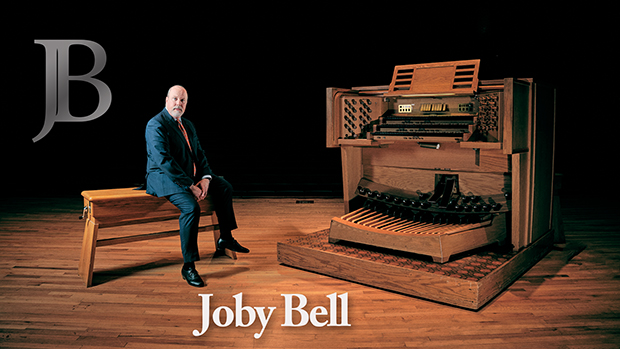Franck-ly speaking, Part XII: Fantaisie in C
 Wednesday, May 20, 2015 at 8:00AM
Wednesday, May 20, 2015 at 8:00AM
This is the twelfth and final installment in a series on my take on playing the twelve large works of César Franck. Today’s topic is the Fantaisie in C. See the first post in the series for background information.
********************
This is the first of the big twelve that Franck published. Clearly it is also the most primitive. You can see him trying to expand things, which he did in spades in the next piece, the Grande Pièce Symphonique. Here we have a mini-symphony, three short movements played without pause.
Measures 7-8, 11-12, 47-48: Those hairpins should be tiny. Listen carefully to the effects there. All Franck had to do was tap a bit on his spring-loaded swell lever, and the box would swell and shut in a short moment.
Measures 17-40: The canon should sound the same in both voices. Don’t make one voice linger for the other; each has to carry its own baggage!
Measures 29-40: The right-hand melody is a counter-melody. I would make its contour fit in with the canon still going on in the other voices. In other words, don’t dwell on this melody at the expense of the more structural activity going on under it.
Measures 58, 60: Keep counting. No fermatas.
Measure 73: I would be very conservative with the box and the fermata here. It’s only a half-cadence, not a sandwich break!
Measures 82 and 162: I would suggest that after the fermata, cut off the chord in tempo. That would help propel the melody into the next measure.
Measures 213-end: No 32-foot stop? Play the entire Pedal part an octave lower. (Interesting that Franck wrote it the way he did, as if he knew it could be an option to play it 8vb.) But then you’ll need to figure out what to do about that low B in 233. Look around and see if you’d like to move to the tenor range for more than just that one note. For example, you might play loco from 229 and then switch back to 8vb from the third beat of 233.
And with that, Franck’s first piece has been covered last in this series. And his Final was covered first. There is nothing dramatic about any of that – I just learned and wrote about the pieces in the order I wanted to!
 Joby Bell | tagged
Joby Bell | tagged  Franck-ly speaking,
Franck-ly speaking,  Note by note
Note by note 